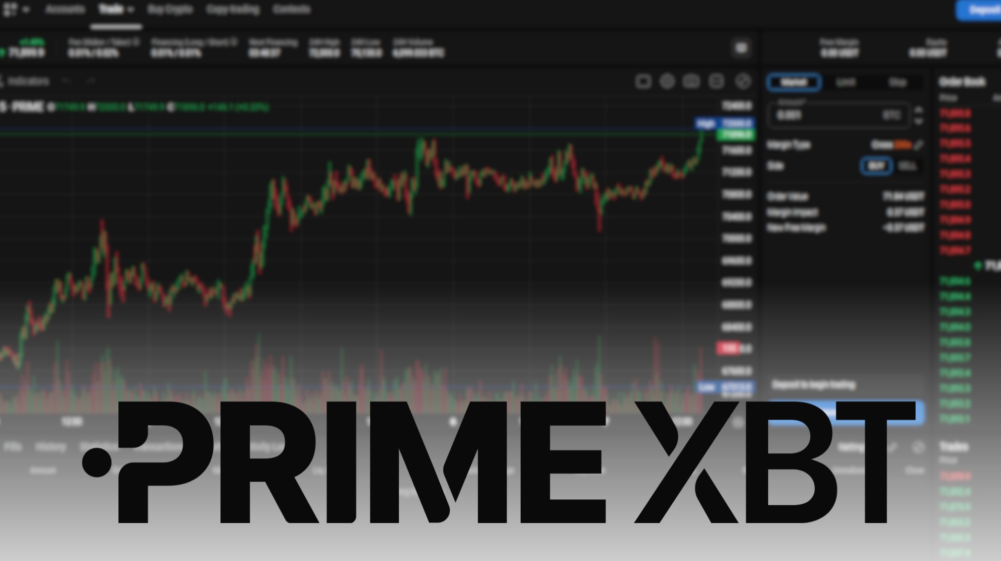Introduction
Short-term day trading is an exhilarating endeavor that involves buying and selling financial instruments within the same trading day to profit from price fluctuations. It demands quick decision-making, a deep understanding of market dynamics, and a well-defined strategy. Among the multitude of trading strategies available, one style stands out as the most popular for short-term day trading: momentum trading.
In this article, we will delve into the world of short-term day trading and explore why momentum trading is the favored strategy among traders seeking quick profits. We will discuss the principles of momentum trading, its advantages and disadvantages, and how to effectively implement it.
What is Momentum Trading?
Momentum trading is a short-term day trading strategy that relies on the principle that once a trend is established, it is more likely to continue than to reverse. Traders employing this strategy aim to identify assets that are exhibiting strong price movement in a particular direction and capitalize on these trends by buying or selling accordingly.
Momentum Trading
Key Principles of Momentum Trading:
- Price Momentum: Momentum traders primarily focus on the price of an asset. They look for stocks, currencies, or commodities that are experiencing significant price movements in a particular direction.
- Short Holding Periods: Unlike other trading strategies that may involve holding assets for extended periods, momentum traders typically hold their positions for a very short duration, often minutes or hours.
- Volume Confirmation: High trading volumes often accompany price movements in momentum trading. This is seen as confirmation of the strength of the trend.
- No Fundamental Analysis: Momentum traders do not delve into the fundamental analysis of the assets they trade. They are not concerned with a company’s financials, earnings reports, or economic data.
Advantages of Momentum Trading:
- Potential for Quick Profits: Momentum trading can yield rapid gains when correctly executed, as traders can profit from short-term price fluctuations.
- Emotion-Free Trading: This strategy relies on technical analysis and objective indicators, reducing the emotional biases that can affect traders.
- Suitable for Short Attention Spans: Momentum trading is ideal for those who prefer a dynamic trading style and cannot commit to long-term positions.
- Scalability: Momentum traders can scale their positions easily, allowing them to trade multiple assets simultaneously.
Disadvantages of Momentum Trading:
- High Risk: The fast-paced nature of momentum trading can lead to significant losses if a trader makes a wrong move or fails to implement risk management effectively.
- Limited Trading Hours: Momentum trading is typically more successful during specific market hours when liquidity is high and price movements are more pronounced.
- Constant Monitoring: Traders must closely monitor their positions throughout the trading day, which can be mentally taxing.
- Lack of Fundamental Analysis: Ignoring fundamental factors may expose traders to unforeseen risks, such as news events or company-specific developments.
Implementing a Momentum Trading Strategy:
- Identify Assets: Choose the financial instruments you want to trade. Popular choices include stocks, forex pairs, and cryptocurrencies.
- Use Technical Indicators: Employ technical indicators such as moving averages, Relative Strength Index (RSI), and Bollinger Bands to identify potential entry and exit points.
- Set Clear Entry and Exit Rules: Define specific criteria for entering and exiting trades based on technical indicators, price movements, or predetermined profit and loss levels.
- Risk Management: Implement strict risk management techniques, such as setting stop-loss orders to limit potential losses.
- Continuous Learning: Stay updated with market news and trends to adapt your strategy as necessary.
- Practice and Simulation: Before risking real capital, practice your momentum trading strategy through paper trading or using a demo account to gain experience and confidence.
Conclusion
In the world of short-term day trading, momentum trading emerges as the most popular strategy style due to its potential for quick profits and the excitement it offers to traders. By focusing on price movements, employing technical analysis, and adhering to strict risk management, momentum traders aim to capitalize on short-term trends in various financial markets.
However, it is essential to remember that momentum trading carries inherent risks, including the potential for substantial losses. Traders must develop a thorough understanding of this strategy, continuously improve their skills, and remain disciplined in their approach. While momentum trading can be rewarding, it is not a guaranteed path to success and requires dedication, practice, and adaptability to thrive in the fast-paced world of day trading.







